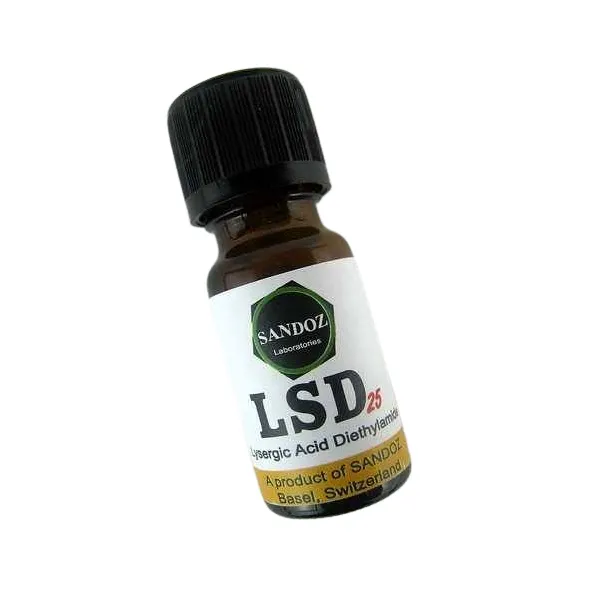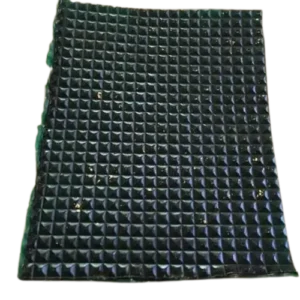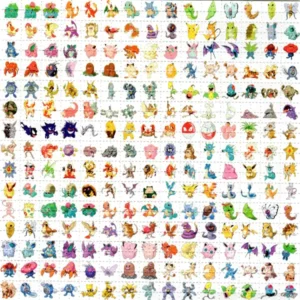Liquid LSD
$250.00
Description
LSD is a strong hallucinogenic chemical that comes in a colorless and odorless liquid. This liquid LSD (acid drug) is usually dripped and dried onto blotter papers and sold as LSD ‘acid tabs’. Sometimes it’s even dripped onto food like sugar cubes and swallowed. In case you were wondering, ‘What does LSD stand for?” It’s short for lysergic acid diethylamide (try saying that five times fast). LSD 25
How to Take Liquid LSD
Many people who use LSD regularly prefer liquid LSD to all other forms, because when properly stored, it can last for many years, absorbs quickly, and is easy to effectively split.
Most people prefer to have some food in their stomach, but only a light snack. It is important to avoid drinking tap water, as chlorine and certain other chemicals used in municipal water supply will destroy LSD on contact. Even bottled water may contain these chemicals, so avoiding drinking water for an hour or so before tripping may be advised.
Usage Tips
The simplest way to take liquid LSD is to apply a drop to a sugar cube or on a spoon, place it in one’s mouth, and keep it there as long as possible to allow it to absorb through the skin. LSD is rapidly absorbed under the tongue (sublingual), and sublingual absorption eliminates any concern about having food in the stomach that might slow absorption. Or worse, having chlorinated water in one’s stomach, destroying the LSD.
One should avoid putting liquid LSD directly from the bottle to your mouth to avoid ending up with two drops or zero drops, as it can be surprisingly challenging to see drops. Dispensing onto a medium such as a sugar cube or onto a spoon reduces error. We always have two people watch when we distribute a dose, especially if re-dosing while intoxicated.
Avoid putting doses on anything too small. Either on a medium that has no absorption, as in either case, the drop may run off.
When distributing liquid LSD it is important to hold the bottle directly vertically. You should slowly and gently squeeze the bottle to get a uniform drop.
If you plan to split a dose, you will want to read our article “Volumetric Dosing of LSD and Splitting LSD Doses”.
Becoming an Expert
The information above is probably all the information one needs to take liquid LSD. Those who want to fully understand the dosing of LSD should read on.
How Liquid LSD is Dosed
There is no standard potency for a drop of liquid LSD. A single drop typically ranges from 75 ugs to 300 ugs but could be lower or higher.
The manufacturer of liquid LSD will determine the potency of each drop. Either by controlling the ratio of crystalline LSD to the alcohol/water solvent used. For example, if a manufacturer wants a 125 ug dose from a single drop and one assumes a standard dropper bottle dispenses 0.05 ml per drop of LSD (this is a commonly used assumption), then one must mix a concentration of 125 ugs of LSD per 0.05 ml of the final solution.
If preparing 10,000 drops, one would need 1,250,000 ugs of LSD. One would also need enough solvent to produce 500 ml of the final liquid. In this final solution, each 0.05 ml drop of solution contains 125 ugs of LSD. (As an aside, the density of LSD is 1.2±0.1 g cm−31.2±0.1 g cm−3. Therefore 1.25 grams of LSD is around 58 ml. So one would use 442 ml of solvent for 1.25 g of LSD to produce 500 ml of LSD solution).
The key fact is that a single 0.05 ml drop of solution from a dropper bottle consists of a specified amount of LSD and the rest is an inactive solvent. The strength of the LSD dose can be changed by increasing the ratio of LSD to solvent in the solution.
To get the desired dose, two conditions must be true.
- (i) the LSD solution is at the desired concentration (e.g., 125 ug per 0.05 ml), and
- (ii) the dispensing device consistently distributes the desired amount of liquid (e.g., 0.05 ml per drop).




Reviews
There are no reviews yet.